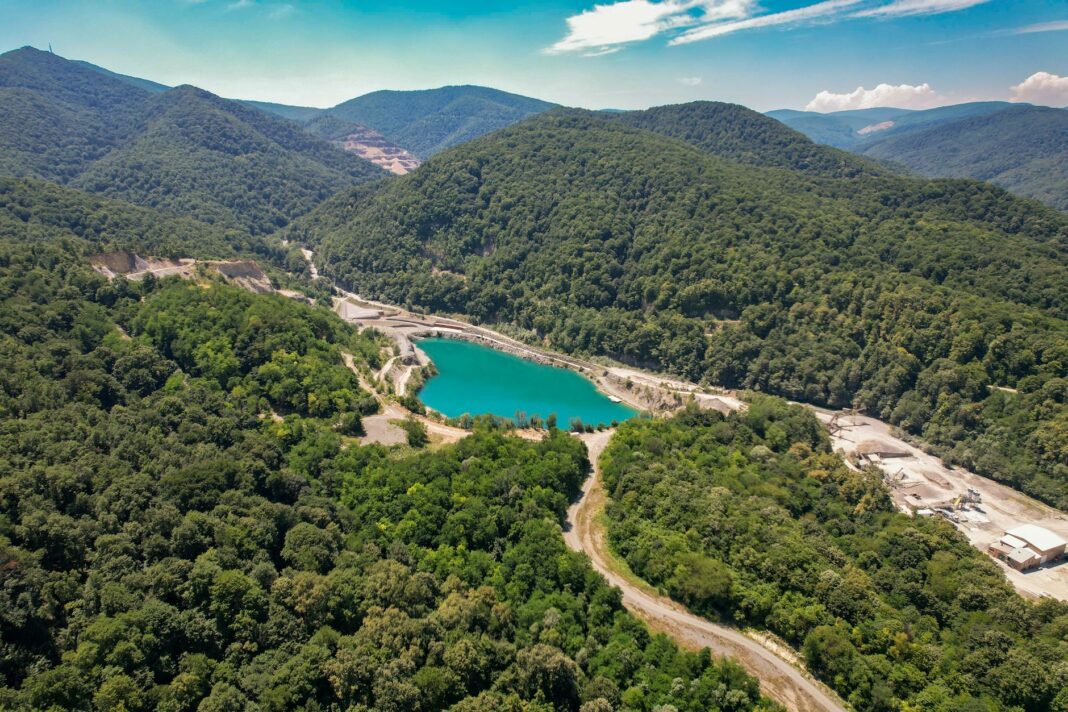Unlocking the beauty of our planet while leaving a positive footprint is a journey worth taking. Join us as we traverse stunning locales, learning how each destination adeptly balances tourism with preservation. From Costa Rica’s priceless biodiversity to Bhutan’s renowned Gross National Happiness index that prioritizes the environment, these countries embody hope and inspiration in a world yearning for sustainability. Every traveler has a role in protecting the planet, and these destinations showcase how it can be achieved effortlessly and joyfully.
Costa Rica
Renowned for its commitment to ecological conservation, Costa Rica offers a remarkable haven for biodiversity enthusiasts. Did you know that this small Central American nation is home to roughly 5 percent of the world’s biodiversity? This rich tapestry of flora and fauna thrives across various protected areas, including over 25 percent of its territory designated as national parks or reserves. Eager to engage tourists in its preservation, Costa Rica has paved the way for eco-friendly travel accommodations and rewarding activities such as wildlife tours, hiking excursions, and immersive cultural experiences. The dedication to sustainable practices is astonishingly evident in how local businesses are thriving alongside the flourishing natural environment.
Furthermore, the government’s commitment to sustainability is evident in its ambitious goal to become the world’s first carbon-neutral country. This vision has led to widespread initiatives, such as reforestation projects and clean energy investments, showcasing a holistic approach to both tourism and habitat preservation. Tourists can participate in tree-planting events or engage in local communities that foster environmental awareness, making every visit an opportunity not just to witness beauty but also to contribute to its upkeep.
New Zealand
Next, we venture down under to New Zealand, a country that perfectly captures the essence of natural wonders and environmental stewardship. The diverse ecosystems, from the majestic fjords of the South Island to the verdant rainforests of the North, are held sacred by the Maori people, who regard their land as a living entity. With a steadfast commitment to preserving these stunning landscapes, New Zealand offers initiatives such as the ambitious Predator Free 2050 goal, which aims to eradicate invasive species to protect native wildlife. This not only ensures the survival of unique species but resonates deeply with environmentally conscious travelers who want to support local conservation efforts.
Beyond protecting its native species, New Zealand promotes sustainable practices in all aspects of tourism. The “Tiaki Promise” encourages visitors to care for the land, water, and culture while traveling, creating a profound connection between tourists and nature. Visitors are invited to experience the pristine landscapes first-hand, whether through guided eco-tours that unveil hidden gems or by hiking through national parks that prioritize biodiversity. This harmonious relationship embodies the beauty of sustainable tourism.
Sweden
Sweden’s commitment to ecological practices extends far beyond striking landscapes. This Scandinavian gem places significant emphasis on sustainable living, setting the stage for remarkable conservation efforts. Traveling through Sweden, tourists are welcomed by lush forests, enchanting lakes, and a commitment to a greener future embodied in every aspect of daily life. The country’s dedication to preserving the environment is magnified through extensive conservation policies and initiatives, such as reducing carbon emissions and promoting renewable energy sources. Sweden aims to become the world’s first fossil fuel-free nation, leading the way for sustainable development that other countries can aspire to emulate.
Furthermore, Sweden boasts an impressive network of protected areas, including its vibrant national parks, where travelers can experience natural beauty while supporting conservation. Engaging in activities like hiking, kayaking, and wildlife spotting allows tourists to appreciate the stunning landscapes while contributing to the local economy and conservation endeavors. The interconnectedness between visitors and the environment promotes a deep sense of responsibility and wonder, making Sweden a blueprint for habitat preservation.
Bhutan
Nestled in the Himalayas, Bhutan is an extraordinary country that has ingeniously integrated preservation into its national ethos. At the heart of its philosophy lies the unique concept of Gross National Happiness, which emphasizes spiritual, cultural, and environmental well-being. This tiny kingdom takes notable measures to safeguard its pristine landscapes by limiting tourism to ensure its natural and cultural heritage is not compromised. Bhutan has designated over 40 percent of its territory as protected areas, allowing for diverse ecosystems and wildlife to flourish uninhibited.
It’s refreshing to witness a nation where tourism is viewed as a means of conservation rather than mere profit. Visitors to Bhutan are encouraged to engage in cultural exchanges while marveling at the enchanting landscapes, yoga retreats, and thoughtful hikes through scenic valleys. Each experience emphasizes the importance of preserving Bhutan’s unique identity while encouraging travelers to be mindful stewards of the environment.
Norway
Continuing our journey, Norway stands as a beacon of sustainability nestled in the heart of Scandinavia. Renowned for its breathtaking fjords, towering mountains, and impressive national parks, this country has become a leading example in sustainable tourism. Norway is committed to reducing carbon footprints through renewable energy and eco-friendly transportation options. Moreover, its impressive array of protected areas not only conserves biodiversity but also assures that travelers can experience the raw beauty of nature without compromising it.
Norway invites visitors to explore its stunning landscapes by hiking, skiing, or taking part in whale-watching tours that adhere to ethical standards, ensuring the well-being of marine life. With initiatives promoting local wildlife protection, tourists can witness firsthand the balance between travel and conservation. By fostering a culture of respect and harmony with nature, Norway exemplifies how tourism can coexist with environmental stewardship.
Final Thoughts
The quest for sustainable travel experiences has never been more critical, and these remarkable destinations exemplify that it’s entirely possible to appreciate nature while ensuring its protection. Each of these countries showcases innovative solutions to habitat preservation, inviting travelers to forge meaningful connections with the environment. The stories behind their ambitions inspire us to reimagine the potential of sustainable tourism, encouraging everyone to embrace eco-conscious practices that enrich both our lives and the planet. As we step into the future, it becomes clear that protecting these beloved habitats and engaging with nature is a journey all travelers should embark upon.
FAQ
What are the main benefits of choosing eco-friendly travel destinations?
Opting for eco-friendly travel destinations offers numerous advantages, including the preservation of unique ecosystems, support for local economies, and a deeper connection with nature. It also encourages sustainable practices among tourism providers, ultimately leading to better environmental outcomes.
How can travelers contribute to habitat preservation while on holiday?
There are various ways travelers can contribute, such as participating in local conservation projects, supporting eco-friendly businesses, and being mindful of their environmental impact by minimizing waste. Small actions can yield significant benefits for the environments they enjoy.
Are these sustainable destinations suitable for all types of travelers?
Absolutely! Many of these destinations offer a wide range of activities tailored to different interests, whether one seeks adventure, relaxation, or cultural experiences. Eco-friendly options can accommodate solo travelers, families, couples, and groups with diverse preferences.
Image Credit: Pexels





